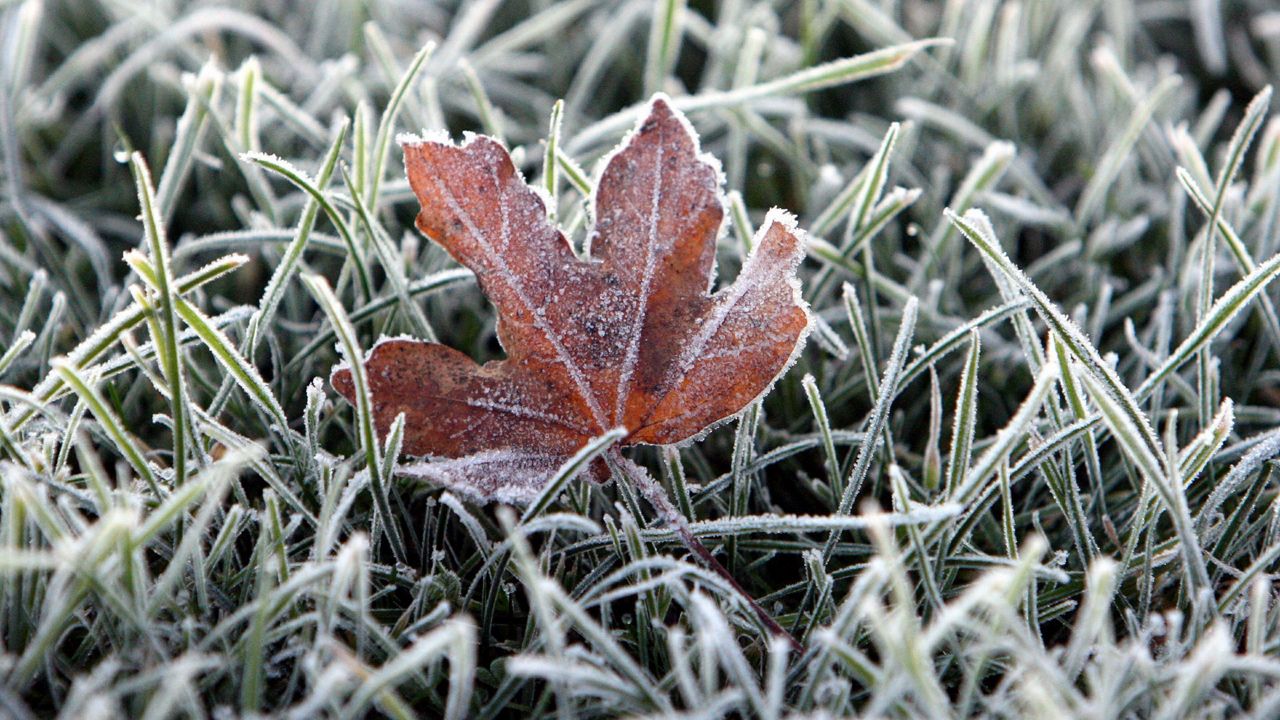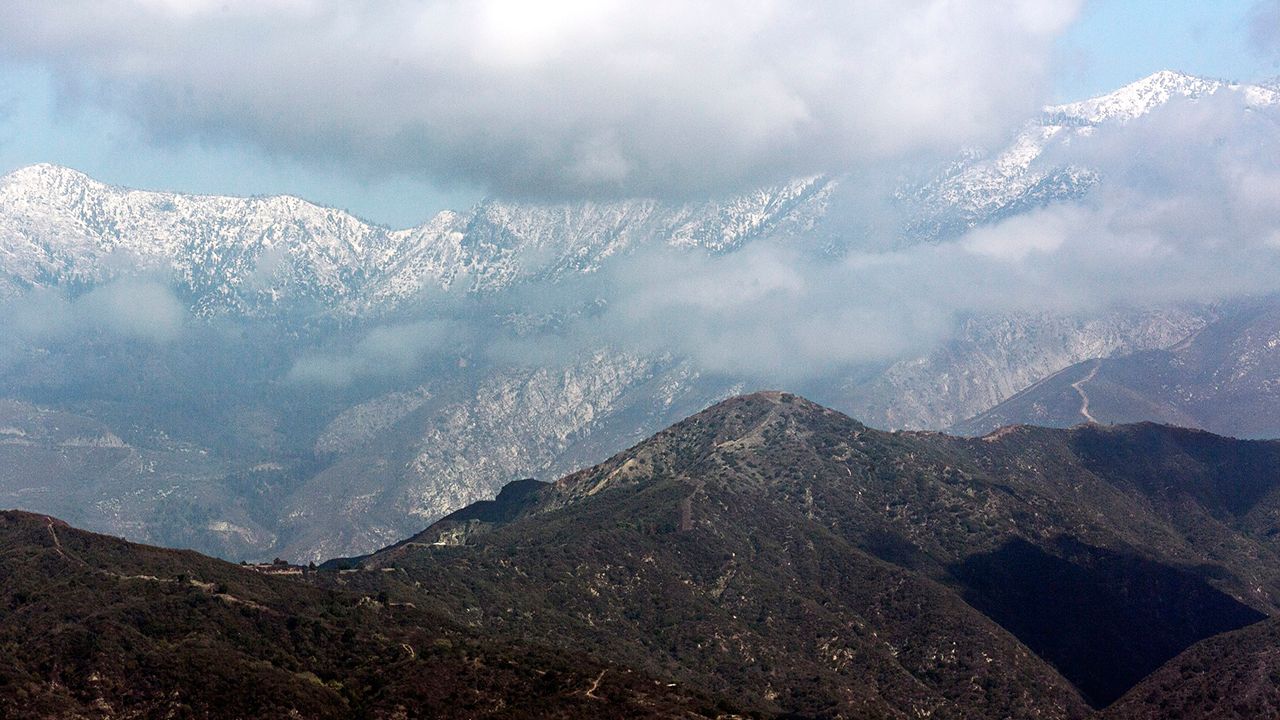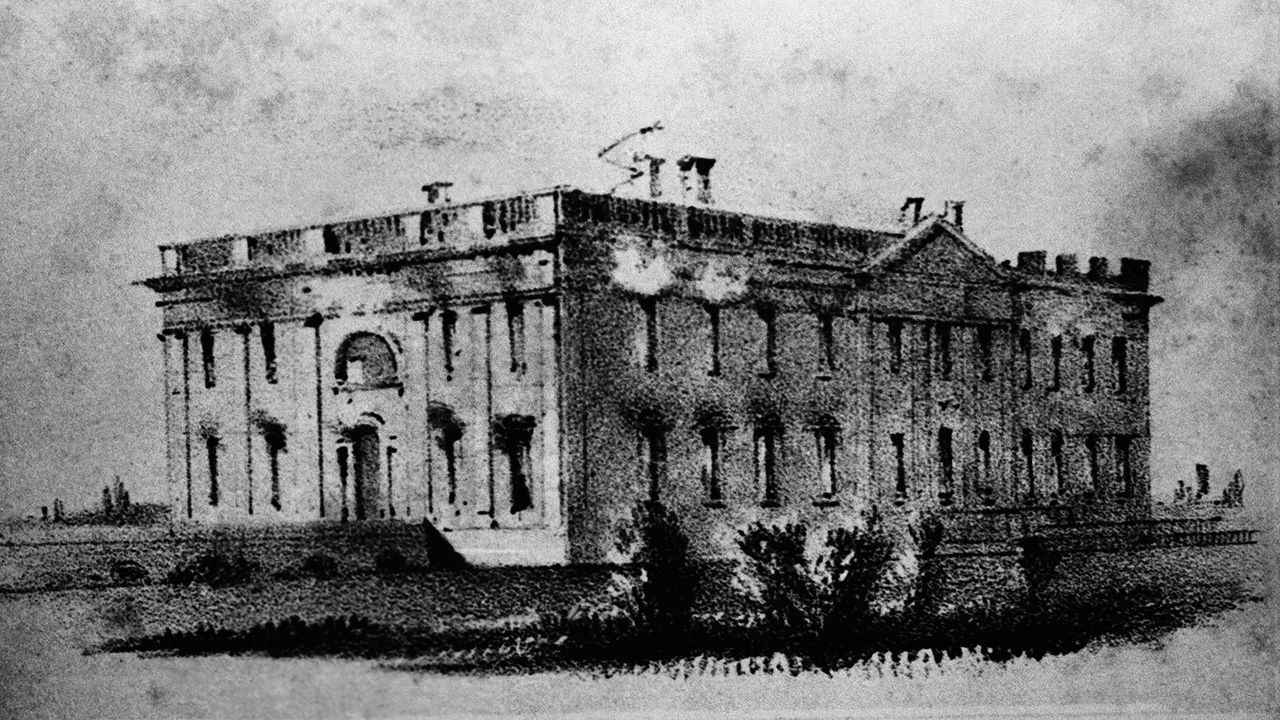'Tis the season for pumpkin spice, apple picking, and pulling out those hoodies for the first time. It's also the time of year when parts of the country experience their first frost or freeze of the season.
Many of you are probably trying to hold onto those beautiful gardens as long as you can. Although, it's just a matter of time before Mother Nature puts an end to the growing season.
Each fall, the National Weather Service issues Frost Advisories and Freeze Warnings to warn gardeners and those in agriculture of impending cold temperatures that could damage sensitive plants.
The big question: What is the difference between a frost and a freeze?
A frost occurs when temperatures drop between 32 to 37 degrees for an extended period. Usually, this will cause damage to more sensitive plants. However, if proper precautions are taken such as covering up plants, prospects of survival are good.
A freeze happens when temperatures fall below 32 degrees for more than four hours. This event usually marks the end of the growing season, but some hardy plants can still survive.
The interesting thing is, frost and freeze alerts are issued only during the growing season. During the winter, when nothing is growing, it's just referred to as "cold weather."
Most of the northern U.S. experience the first frost or freeze of the season in September or October, and southern states can hold out as late as November or December.
Of course, Mother Nature always has the last say, and these dates are just averages. Sometimes, the first frost or freeze of the season can arrive much earlier or later depending on the weather pattern.








